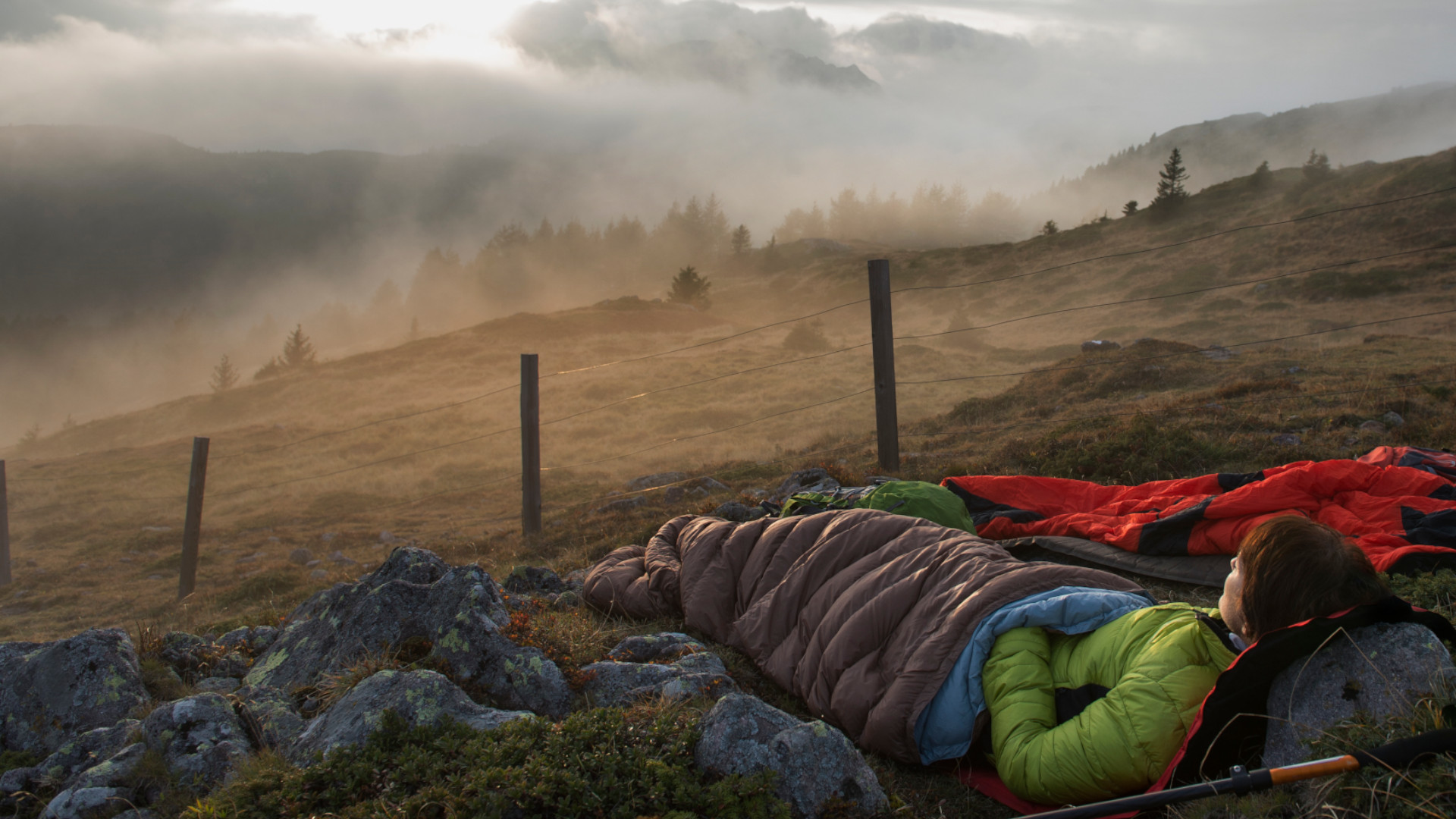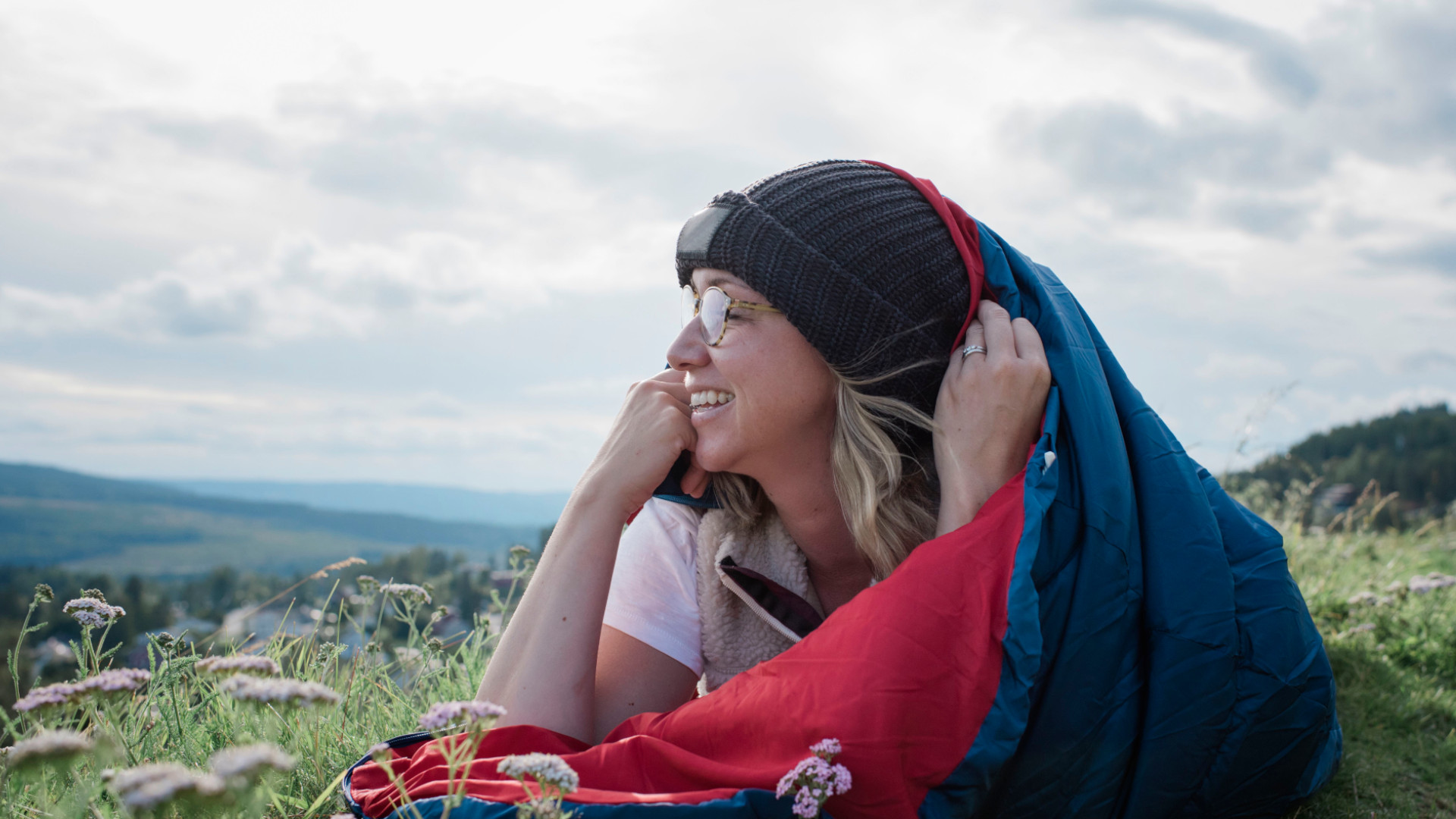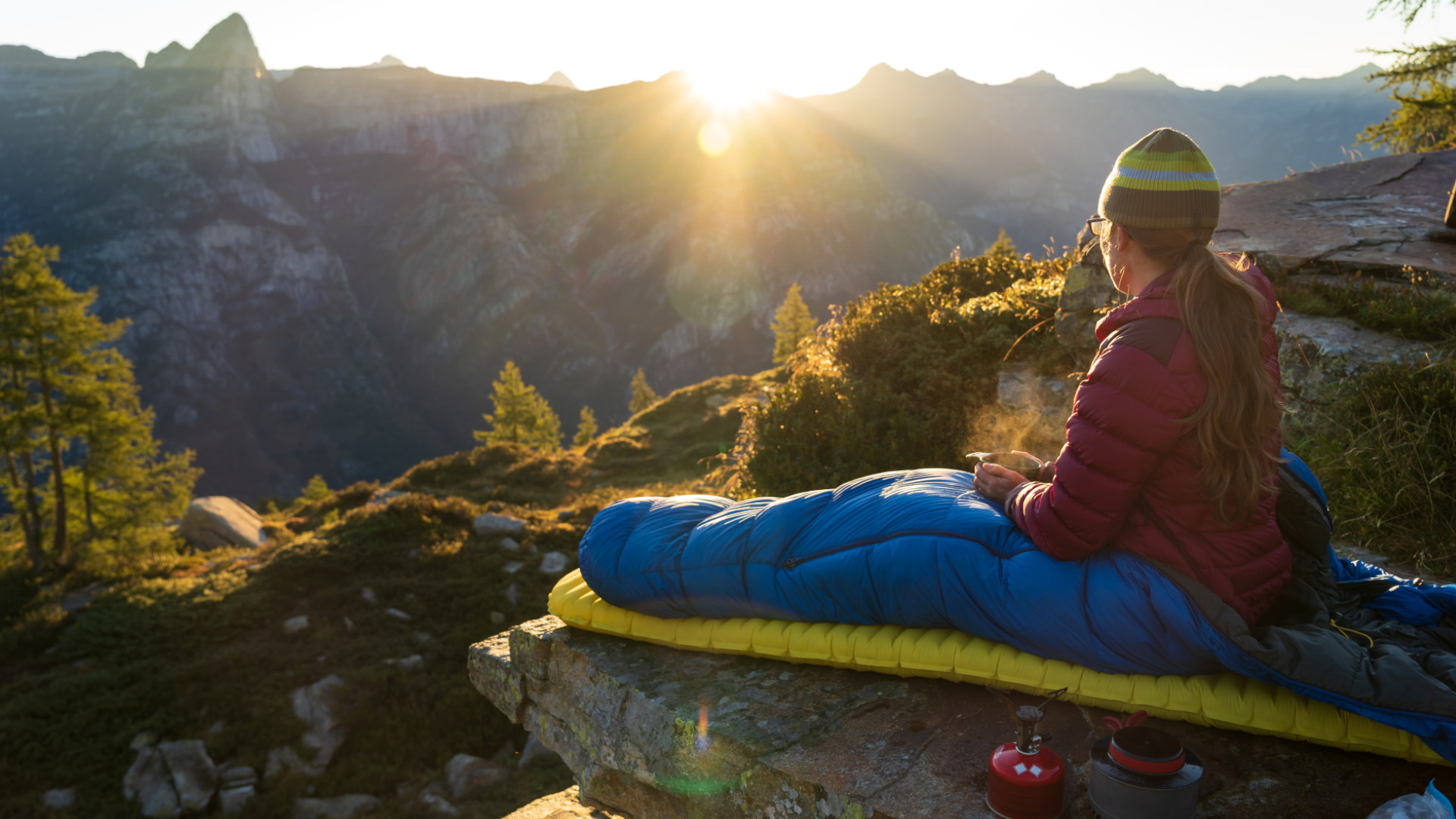
Wild camping may be great fun, but having to haul a tent around with you until you find the perfect spot can be slightly frustrating. The solution? Bivvying!
Bivvying is the epitome of wild camping. It’s where you camp in just your sleeping bag which is covered with a bivvy (a waterproof jacket for your sleeping bag). For some more shelter, people also throw a tarp into the mix.
Guaranteed, you’re probably not going to have the best sleep of your life bivvying, but that’s not what this night of adventure is about. It’s a chance to be at one with nature, it’s freedom and you'll immerse yourself in your surroundings like never before. Here's what you need to know, if you fancy giving it a go...
What gear you'll need

Obviously the less you have for bivvying, the better, but there are some items you're going to need to take.
- A bivvy bag
- A sleeping mat
- Sleeping bag
- Packaway pillow (optional)
- A tarp (optional, but a good one for if the weather is looking a bit dodgy)
- Head torch
- Warm and waterproof layers
- GPS or other form of navigation
- Enough food and water for your trip plus a camping stove if you need one (a Jetboil is a good option as it's small and compact)
Before you set off, make sure you also check the temperature rating of your sleeping bag and that it's warm enough for the season you're heading off in. Same for your sleeping mat, double-check the R-value.
In regards to clothes, the key is technical layers. "We always recommend a moisture-wicking thermal base layer such as the Icebreaker 260 Tech LS Half Zip followed by suitable outdoor trousers," says Lorna Preston, an outdoor expert at Trekitt. "Then, one or more insulating mid-layers (I’d generally go fleece layer and then a packable insulated jacket for extra warmth)."
For the final layer, Lorna suggests a waterproof jacket and trousers for max protection against wind and rain. Also, don’t forget accessories— thick socks, hats and gloves are all essential, particularly in cold weather.
The best locations to bivvy
"In terms of places in the UK, legally, wild camping is permitted in Scotland or Dartmoor, but if camping elsewhere, the Brecon Beacons, Black Mountains and Peak District all have many secluded spots you can hunker down in a bivvy for the night," says Lorna.
"Just remember to follow wild camping etiquete and leave no trace. I’d always recommend seeking somewhere a bit sheltered or tucked out of the wind for a quieter night."
Is it safe?

Providing you pack and plan adequately, there is no reason you can’t enjoy a bivvy adventure safely. “The key thing is to make sure you’ve done adequate preparation before you head out,” Lorna says.
“To start off with, make sure you have a clear idea of where you’re planning to camp (and share your itinerary with a loved one so they know where you’ll be and when you are likely to return).” Also, make sure you check the weather forecast before you head off, so that you can pack accordingly.
For those new to bivvying, Lorna advises either seeking out a spot close to home (just incase you need to bail), or to go with a friend who’s done it before. While it is completely fine to do it alone, that's if you feel comfortable to do so, however, if not, then tagging along with someone who’s experienced is a great way to help build up your confidence.
“Whether you’re with a friend or on your own, choosing the right spot is important," Lorna adds. "Make sure you find a location that’s relatively sheltered, not too near wildlife and a little way away from the trail.” She also says to avoid hills, unless you want to risk slipping down it.







